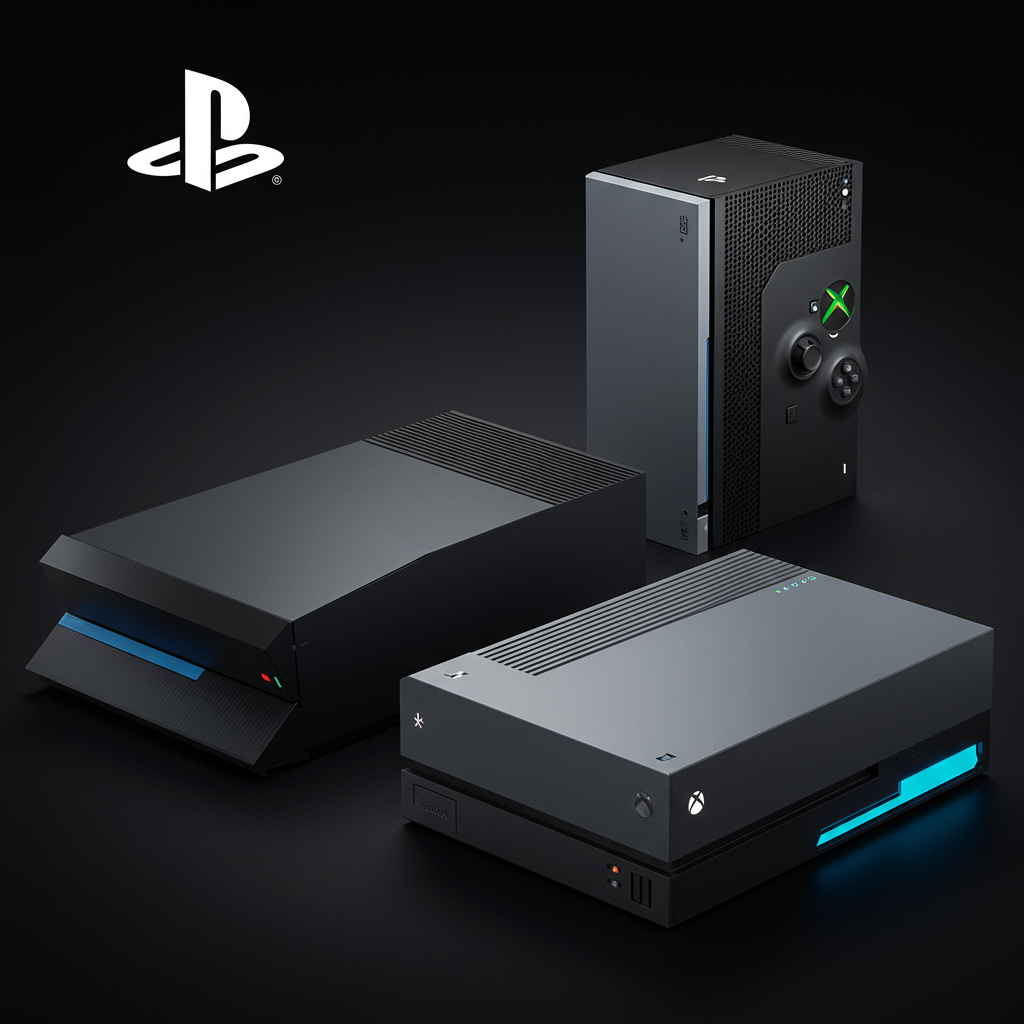For nearly four decades, the sudden appearance of a blue screen on a Windows computer has been a universal symbol of a critical system error – the infamous Blue Screen of Death (BSOD). Now, Microsoft is finally saying goodbye to this long-standing fixture, announcing a significant overhaul that will replace the familiar blue background with a sleek new black one.
This change is much more than just a cosmetic update. Microsoft is repositioning the “unexpected restart experience” as part of a broader effort to enhance Windows’ resilience and recovery capabilities, particularly in the wake of recent widespread outages that impacted millions globally.
The New Look: From Blue to Black
Coming to Windows 11 devices running version 24H2 later this summer, the updated error screen will feature a minimalist black background. The aim is to create a less jarring and potentially more informative display during a system crash.
Gone is the well-recognized frowning emoticon. While the original article mentioned a simple message, synthesized information from external sources reveals more details about the new screen:
A concise message, typically stating something like, “Your device ran into a problem and needs to restart.”
A progress indicator, providing users with a visual cue of the restart process.
Crucial technical details like the stop code (indicating the type of error) and the name of the faulty driver or system file responsible.
Notably, the QR code that was added to later versions of the BSOD for easier troubleshooting lookups is being removed, a point of concern raised by some reviewers who argue the new screen provides less overall detail despite its cleaner look.
Microsoft states this simplified interface aligns better with the overall Windows 11 design principles and aims to improve clarity for both everyday users and IT professionals.
Why the Change? Resilience and Faster Recovery
Microsoft’s rationale for this overhaul centers on streamlining troubleshooting and minimizing downtime. David Weston, Microsoft’s Vice President of Enterprise and OS Security, highlighted the goal of providing “cleaner information on what exactly went wrong” to speed up problem identification and resolution.
A key catalyst for these changes appears to be the CrowdStrike outage in July 2024. A faulty update from the cybersecurity firm triggered crashes on an estimated 8.5 million Windows machines worldwide, causing billions in losses and significant disruption across various sectors, including airlines, hospitals, and financial services. The incident underscored the critical need for clearer diagnostics and more efficient recovery options following system failures.
As part of this resilience initiative, Microsoft is also introducing a Quick Machine Recovery mechanism. This feature is designed to enable faster, automated fixes for unbootable PCs, allowing Microsoft to deploy targeted remediations without requiring complex manual intervention from IT support, which would be invaluable during large-scale incidents. The update also aims to cut downtime during restarts for most users to a mere two seconds.
The Blue Screen of Death has been a Windows staple since the early 1990s, a design choice by Microsoft developer Raymond Chen. While iconic, its association with frustration and system failure is undeniable. By replacing it with a black screen and introducing enhanced recovery tools, Microsoft hopes to create a less intimidating experience and demonstrate a stronger commitment to system stability and quicker resolution of critical errors.
These updates are expected to roll out with the Windows 11 24H2 update, starting this summer. While the hope is that users will encounter the error screen less often, the new black iteration and accompanying recovery features are designed to make system failures less disruptive and easier to bounce back from when they do occur.



